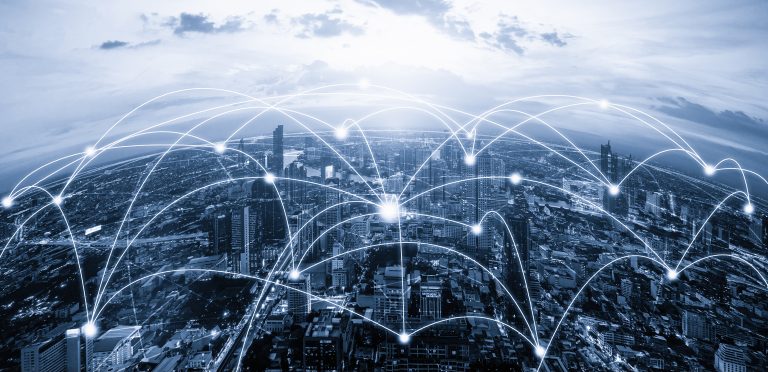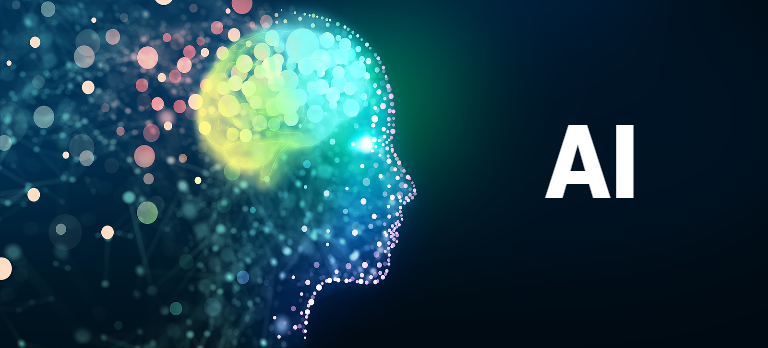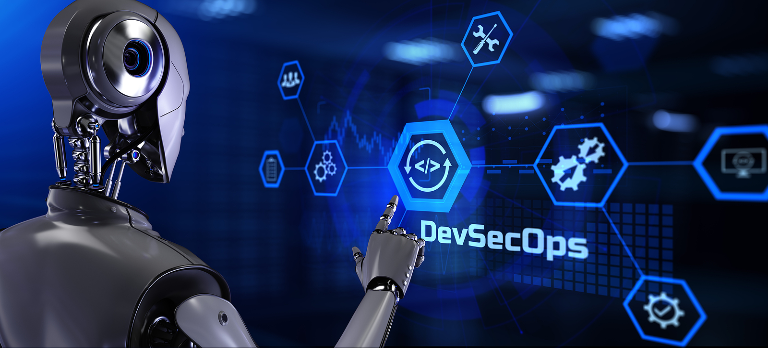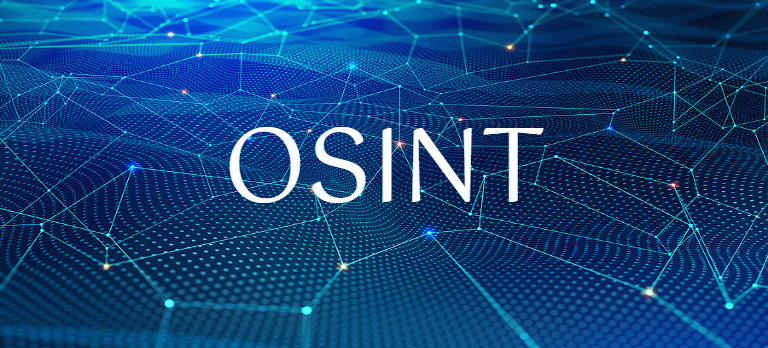Formalizing the Use of the Internet of Things
The Internet of Things (IoT) is powering how governments serve citizens. Sensors deployed in streetlights, traffic signals, and even the pavement itself provide essential data for traffic planning and infrastructure repairs. IoT is also playing a role in response to COVID-19. Sensors can ping mobile devices and, using the device ID, identify where a person who has tested positive for COVID has come in contact with others. This allows for a level of privacy in the contact tracing process. On a more logistical level, with so many people working from home, traffic patterns have changed dramatically, and data from sensors are helping transportation officials recalibrate traffic light timing to ensure lights are responsive to traffic flow in real-time. GovWhitePapers is keeping your agency connected by assembling a sizable collection of white papers, eBooks, case studies, and data sheets related to developments in IoT.
Legislating IoT
While IoT devices and the data they gather are helping organizations become more efficient in citizen service, genuine security concerns remain. IoT devices connect to networks and provide yet another vector for bad actors to access networks and the data they hold. A bipartisan bill called the IoT Cybersecurity Improvement Act was recently signed into law to mitigate these threats. This law now requires that any IoT device purchased with government funds meets minimum security standards. It also sets minimum security requirements for government procured technology and establishes action items for several agencies to develop and publish further guidance.
Actionable IoT Guidance
In response, the National Institute of Standards and Technology (NIST) issued guidance in December of 2020. The guidance is based on the Cybersecurity Framework and its Risk Management Framework and includes ten specific questions that agencies should ask when setting requirements, including questions about both the device itself and how it would interact with the broader network. The full document is available on GovWhitePapers here.
More Direction for IOT
There is also a wide variety of other resources that educate on IoT technology, applications, and security concerns.
- Security Guidance for First Responder Mobile and Wearable Devices — Public safety officials utilizing the forthcoming public safety broadband networks will have access to devices such as smartphones, tablets and wearables. These devices offer new ways for first responders to complete their missions but may also introduce new security vulnerabilities to their work environment.
- Internet Of Things: Information on Use by Federal Agencies — This GAO report looks at how 56 federal agencies are using IoT today and documents plans for future use. It describes IoT technologies federal agencies are using, the benefits and challenges of using IoT technologies, and policies and guidance agencies follow in using and acquiring IoT technologies.
- Internet of Things – From Buzzword To Business Case — Everybody is talking about the Internet of Things – a buzzword supposed to magically solve all challenges inherent in digital transformation. With such projections, company leaders feel the urge to invest in IoT but are often held back by a lack of accurate and credible calculations for the expected return on potential initiatives.
- Safety in the Future — As more and more machines are integrated into factory automation and logistic automation, mobility, and healthcare processes, the need to ensure safe procedures for people working with devices is increasing. The Internet of Things (IoT), big data, advanced robotics, and especially artificial intelligence (AI) are all transforming the connection between electrotechnical systems and people. While AI can dramatically improve efficiency in the workplace and augment human performance, the question arises: will machines become super-intelligent, leading humans eventually to lose control?
These are just a few of the resources that discuss IoT implementation and security. You can browse more government white papers through our search engine here:










